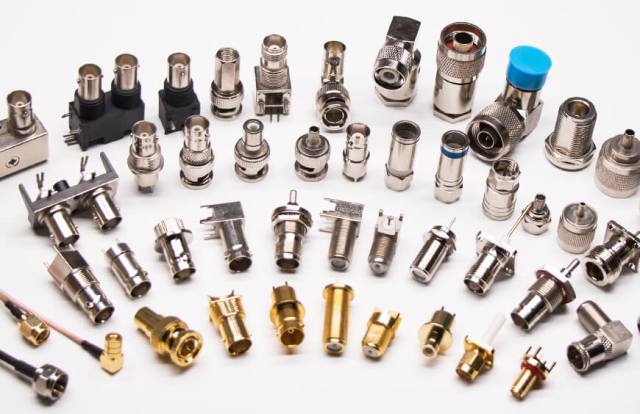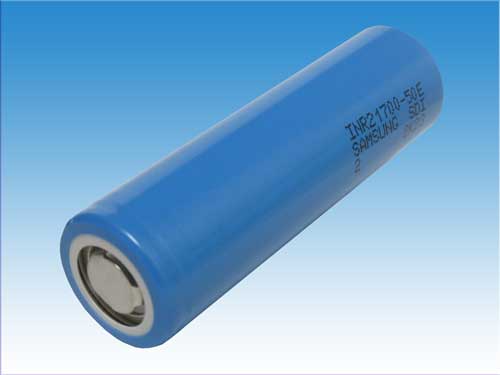The Evolution of SMP Connectors: History, Standards, and Applications

Introduction
In the realm of radio frequency (RF) and microwave engineering, connectors play a pivotal role in ensuring signal integrity and system reliability. Among the myriad of RF connectors, the SMP (SubMiniature Push-on) connector stands out for its compact design, high-frequency performance, and widespread adoption across various industries. This article delves into the history, standards, and applications of the SMP connector, highlighting its significance in modern communication systems.
Historical Background
The SMP connector was developed to meet the growing demands of high-frequency applications requiring compact and reliable interconnect solutions. Initially designed for military and aerospace purposes, its robust performance and small form factor led to widespread adoption in commercial sectors. The connector’s push-on coupling mechanism ensures a secure connection, making it suitable for environments where vibration and mechanical stress are concerns.
Technical Specifications
- Impedance: 50 ohms
- Frequency Range: DC to 40 GHz
- Coupling Mechanism: Push-on or snap-on
- Material: Typically brass or stainless steel with gold plating
- Durability: Rated for up to 1000 mating cycles (smooth bore)
- Standards Compliance: MIL-STD-348
Design and Compatibility
The SMP connector features a push-on coupling mechanism, allowing for quick and reliable connections. It is smaller than the SMA connector, making it suitable for applications with space constraints. The connector is available in various detent levels:
- Full Detent: Provides the highest retention force, suitable for applications with high vibration.
- Limited Detent: Offers moderate retention force, balancing ease of mating and secure connection.
- Smooth Bore: Allows for easy mating and demating, ideal for blind-mate applications.
These variations enable designers to choose the appropriate retention force for their specific application needs.
Applications
SMP connectors are widely used in various industries due to their reliability and performance:
- Telecommunications: Used in radio and television broadcasting equipment.
- Test and Measurement: Found in oscilloscopes, signal generators, and other RF testing equipment.
- Aerospace and Defense: Integral in radar systems, communication equipment, and electronic warfare systems.
- Medical Equipment: Used in devices like ECG machines for signal transmission.
- Automotive: Integrated into vehicle communication systems.
Advantages of SMP Connectors
- Compact Size: Ideal for applications with space constraints.
- High-Frequency Performance: Maintains signal integrity at microwave frequencies.
- Mechanical Stability: Push-on coupling ensures a secure and vibration-resistant connection.
- Versatility: Compatible with various coaxial cables and adaptable to different configurations.
Considerations for Use
While SMP connectors offer numerous benefits, certain considerations should be kept in mind:
- Mating Cycles: Limited to approximately 1000 cycles; excessive mating can degrade performance.
- Torque Specifications: Proper force should be applied during installation to prevent damage.
- Compatibility: Care should be taken when mating SMP connectors with other variants to avoid damaging sensitive components.
Global Sourcing and Shipping Advantages
For businesses and engineers sourcing SMP connectors, Shipping to Japan where tariffs are cheaper than China presents a strategic advantage. Japan’s favorable trade agreements and lower import duties can result in cost savings and streamlined logistics, making it an attractive destination for procuring high-quality RF components.
Conclusion
The SMP connector’s enduring presence in the RF industry is a testament to its robust design and adaptability. From its origins in military applications to its widespread use in modern communication systems, the SMP connector continues to be a cornerstone in ensuring reliable and efficient signal transmission. As technology advances and the demand for high-frequency applications grows, the SMP connector’s relevance and utility are poised to remain strong.





